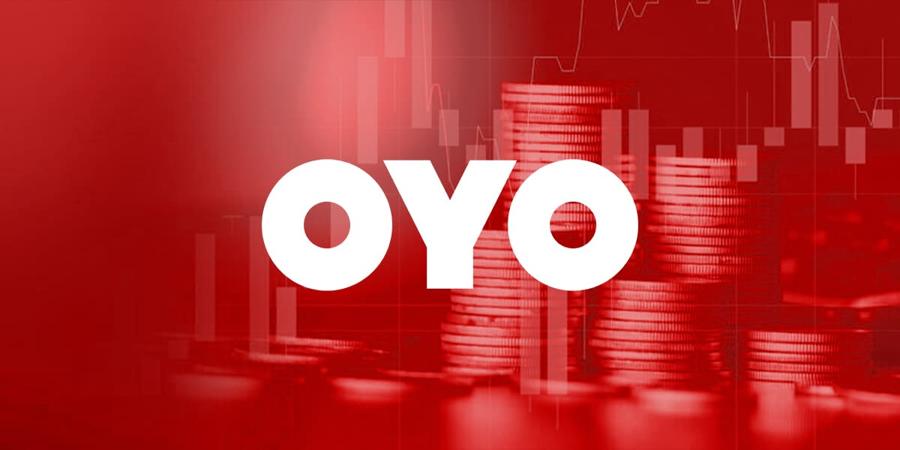The pandemic wiped out the scale of travel and hospitality companies across the globe during FY21. Oyo’s numbers show it was one of the worst affected startups from India in FY21 with its 100 plus subsidiaries and a presence in almost every continent. However, the company has gained some lost ground in FY22 and its revenue from operations grew 20.7% to Rs 4,781 crore in FY22.
The SoftBank-backed company’s losses also dwindled 51% to Rs 1,940 crore in FY22, as per its fresh financial document file with SEBI. Oyo also disclosed its Q1 FY23 results and during the three-month period, it collected Rs 1,459 crore in operating revenue and booked a loss of Rs 414 crore.
While we will come to the company FY22’s expense part and its revived IPO plan in a bit, let’s focus on the revenue part in this section.
The sale of accommodation services and commissions from bookings were two primary sources of operating revenue which accounted for around 90% of Oyo’s total collection. These incomes grew 12.6% and 42.3% to Rs 3,189 crore and Rs 1,127 crore in the fiscal year ending March 2022.
Income from rental and cancellation fees, sale of tours, food & beverages, subscription, and value-added services have cumulatively registered 37.5% growth and stood at Rs 465 crore in FY22.
When it comes to expenses, employee benefit emerged as the largest cost element for Oyo forming around 27% of the overall cost. This cost grew only 7% to Rs 1,862 crore in FY22. It’s worth noting that employee benefit costs include Rs 680 crore as employee stock option (ESOP) expenses in FY22.
Lease rent and service components of the lease are other significant costs for Oyo which surged 10.7% and 13.7% to Rs 1,316 crore and Rs 1,262 crore respectively in FY22. Finance costs grew 32.6% to Rs 744 crore which also includes Rs 539 crore as interest on borrowings. It also added another Rs 546 on commissions and brokerage pushing the total cost to Rs 6,984 crore in FY22.
With a notable surge in scale and cost control, losses of the company dwindled 51% to Rs 1,940 crore in FY22 from Rs 3,945 crore in the previous fiscal year (FY21). Cash outflows for Oyo also decreased 62% to Rs 922 crore as a result of austerity measures.
On a unit level, the company spent Rs 1.46 to earn a rupee of operating revenue in FY22. EBITDA margin and ROCE of the company also improved to -21.12% and -20.67% in FY22.
Oyo’s financial performance has improved drastically during FY22 but its road to IPO won’t be easy as the company has taken a loss of Rs 1,940 crore. And the experience of Paytm, Zomato, Policybazaar and several others that have lost a significant amount of market cap shows that public markets can be brutal on earnings misses.
Oyo is looking to go public by the end of this fiscal year (FY23) and according to its DRHP in October last year, it would target to raise Rs 8,430 crore in a mix of primary (Rs 7,000 crore) and secondary (Rs 1,430 crore) share purchases.
As it does that, it will increasingly find that its business model, which was such a breakout from the ‘traditional’ hospitality model, is looking increasingly like the very same chains, in terms of share of ‘owned’ properties, income from food and other packages etc. All this, even as smaller, niche offerings continue to sprout, besides players like AirbnB of course that continue to gain traction. That means the valuation premium Oyo got all these years for its ‘disruptive’ model may not exist by the time IPO time comes. And as most listed hotel majors will tell you, a loss making hospitality chain will contend with at best, an indifferent market.
Source @Entrackr



